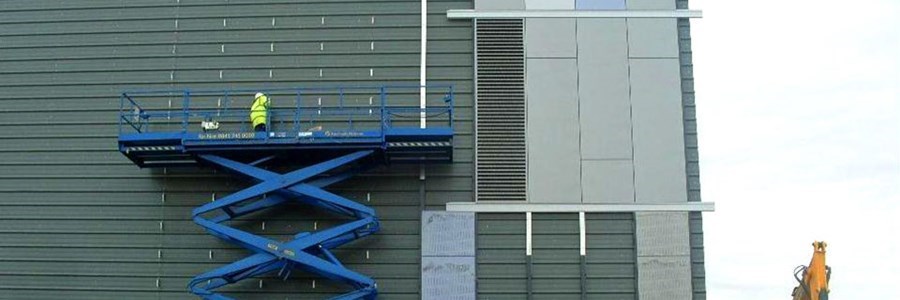
Above and beyond

Contractors must:
Comply with other relevant health and safety requirements.
Ensure that a trained and competent supervisor (Site Safety Supervisor, SMSTS / SSSTS or equivalent) is appointed to manage the works under their control and is available at all times on-site.
Ensure that only certified roofers / wall cladders and asphalt roofers will be permitted to complete roof work on-site.
Comply with the hierarchy of control principles enshrined within the Work at Height Regulations and HSG33 and comply with all other provisions of these Regulations.
Ensure that prior to commencing works, a roof survey has been undertaken which identifies the specific work location areas, roof construction and materials, presence of asbestos containing materials, fragile roofing materials and roof lights, existing edge protection and its condition and other proprietary ‘mansafe’ systems, utilities / services located on the roof and overhead etc.
Note: The load bearing capacity of the roof areas must be determined along with the load limits for materials on said roofs.
Comply with the McLaughlin & Harvey Roof Permit requirements when requested to do so.
Comply with the McLaughlin & Harvey ‘Gas / Hot Work Permit’ requirements.
Utilise collective fall protection measures to prevent falls from roofs in preference to personal fall protection measures.
Provide a specific risk assessment when the use of safety harness equipment and accessories is required, detailing the system to be used, specific equipment, users training, inspection arrangements and associated rescue plan. Detailed sketches may also be required, particularly if work restraint systems are to be employed.
Complete a work at height rescue plan detailing rescue from nets and MEWPs as relevant.
Ensure access to roof areas will be via existing stairs / standing scaffold tower. Where alternative access arrangements are required these must be agreed with the McLaughlin & Harvey site management team. Determine the need for a secondary means of access from the roof in the event of emergencies subject to agreement with the McLaughlin & Harvey site management team.
Note: The use of MEWPs to access roofs is not permitted unless, in exceptional circumstances, this is justified by risk assessment taking into account the specific points noted on this subject in BS 8460 and is agreed with the McLaughlin & Harvey site management team.
Ensure that fragile roof areas are appropriately signed and segregated by means of a robust structure comprising of double handrails and toeboards.
Ensure that roof / sky lights and other potentially fragile materials are signed and adequately protected to prevent falls of persons through these.
Provide suitable rails and / or load bearing covers at exposed roof openings where a person or materials could fall through. Measures should also be taken to prevent falls of materials, tools and equipment onto persons working below such areas.
Detail other control measures used to protect the public and others, including exclusion zones, warning signs, crash decks, scaffolding platforms and fans, debris netting, covered waste chutes etc.
Ensure that reference to fire controls and suitable means of raising the alarm in an emergency is detailed in the site-specific risk assessment.
Store flammable substances in flame proof lockable containers; the use of same is to be agreed with the McLaughlin & Harvey site management team.
Remove all waste from roofs on a daily basis and ensure any materials stored on the roof will be secured 100% of the time. Only minimum materials for immediate use may be stored on the roof.
Note: ‘Bombing’ of materials is prohibited at all times.